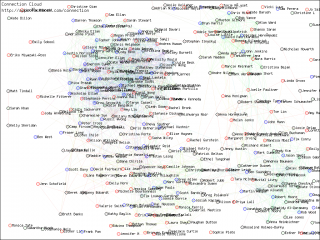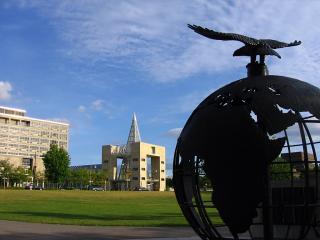251.4 million years ago, the earth experienced the most severe extinction event ever recorded. The Permian-Triassic (P-Tr) extinction event (informally referred to as the Great Dying) involved the loss of 90% of all extant species. This included about 96% of all marine species and 70% of terrestrial vertebrate species.
There are a number of theories about what caused the event:
- A comet or meteor impact
- Massive volcanic activity
- Continental evolution
- A supernova destroying the ozone layer
- Methane clathrate release
Some combination of such factors may well be responsible. Regardless of the initial cause, one of the defining elements of the P-Tr event was a high degree of global warming. Mean global temperatures increased by about 6°C, with much higher increases at the poles. This period also involved the large-scale failure of ocean circulation, leaving nutrients concentrated at the ocean bottom and an acute lack of oxygen in the sea. The latter was the product both of decreased circulation and the large-scale die off of the kind of phytoplankton species that now produce about 90% of the planet’s oxygen.
The study of such historical occurrences is useful, largely because it helps to improve our appreciation for how climatic and biological systems respond to extreme shifts. Just as the re-emergence of life after a forest fire and a clearcut may have some common properties, perhaps the patterns of decline and reformation after the P-Tr event can offer us some insight into macro level processes of ecological succession after traumatic climatic events.






